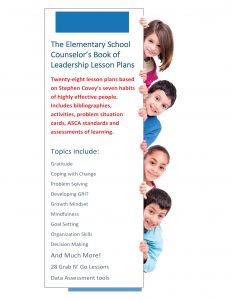7 Steps to Creative Thinking in Kids
Kids and Creative Thinking
In a world dominated by technology, creative thinking is at a premium. While we can find the answer to most any question just by googling it, one thing that computers can’t do is create new ideas, problem solve or design projects that are outside of the box. It takes the creative human mind to connect the dots.
Is creativity just something that some people are born with?
Or is it possible to teach kids how to think creatively?
If so how?
Seven steps to creative thinking:
Narrow the field– I know this is a surprising first step because most of us think to be creative that we need to widen the field of choices. We believe we need to consider all the possible options. Instead the brain is overwhelmed by too many choices and it is more productive in a smaller playing field. Sometimes thinking creatively doesn’t mean thinking outside the box but instead changing the choices, connections and relationships inside the box. Here are some examples of narrowing the field that can result in creative work:
- Tell a story in 10 words
- Draw a picture using just one color
- Design a 7 step process for developing a new skill
Re-frame the problem– This involves thinking about the problem in a new way by asking, “What if it’s possible?”
- What if it’s possible to maintain someone’s attention by creating a story with only 10 words?
- What if it’s possible to tell a story where color plays an important role in the story? (Check out the Invisible Boy by Trudy Ludwig.)
- What if it’s possible to learn how to make friends in 6 easy steps? Check out Dale Carnegie’s book, How to win friends and influence people)
Separate research from development– Designate a particular time for gathering information and a later time for compiling and developing your information. Just as it’s hard to research and write a story at the same time, its hard to think creatively about solving a problem when you are still gathering data. Multitasking isn’t effective in any arena of effort.
Silence the critic within– Our creative thinking is often squelched by our inner critic who is constantly offering negative comments and criticisms. By deciding not to judge whether or not something is a good idea or even possible in the initial stages of creative thinking, you are able to open the door to imagination and originality. Learn to enjoy the process as much as the end result.
Sleep on it– Taking a break or sleeping on an idea and returning to it later allows the unconscious mind to sort through ideas and consider new and unique possibilities. It releases inventiveness and ingenuity.
Think about how your work will benefit others– We often need to develop some personal distance from a project and asking how others will benefit or enjoy the end result helps to provide that space. We can become more engaged in a project when we think it will help someone else than when we are doing it for ourselves.
Recognize the effort as well as the finished project– not everything works out as well as we would hope. However when we encourage a growth mindset and praise the time and effort that went into a project, we are setting the stage for more creativity in the future.
The Elementary School Counselor’s Book of Leadership Lessons

This book is a treasure trove of lessons, activities and discussion starters to nurture tomorrow’s leaders through developing critical thinking skills and growth mindset. It includes twenty-eight lesson plans based on Stephen Covey’s seven habits of highly successful people, bibliographies, activities, problem situation cards, ASCA standards and learning assessments.


[…] 7 steps to creative thinking in kids […]
[…] Recognize the possibilities for growth and change- It is always easier to stay in our own comfort zone and view the world through our own lens. In order to solve problems though, we have to develop a willingness to move outside of that arena of knowledge and venture into the unknown. This is where true creativity and insight develop. […]